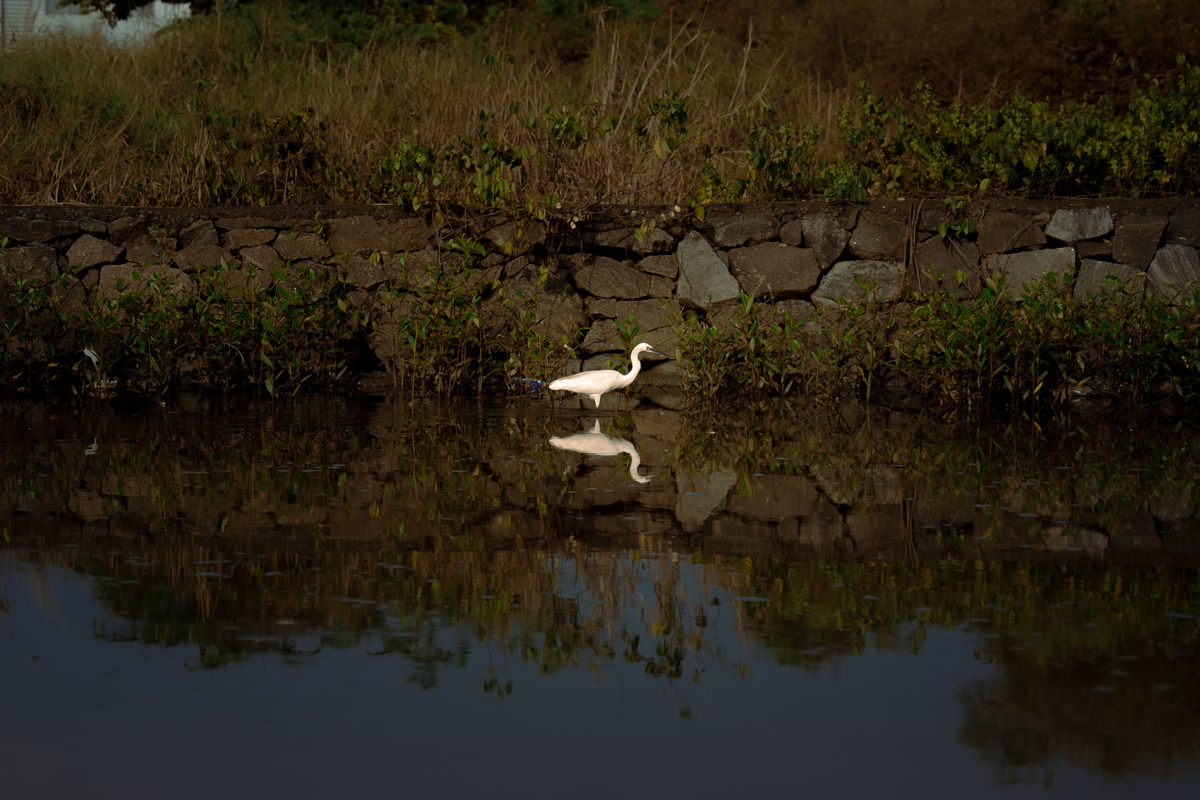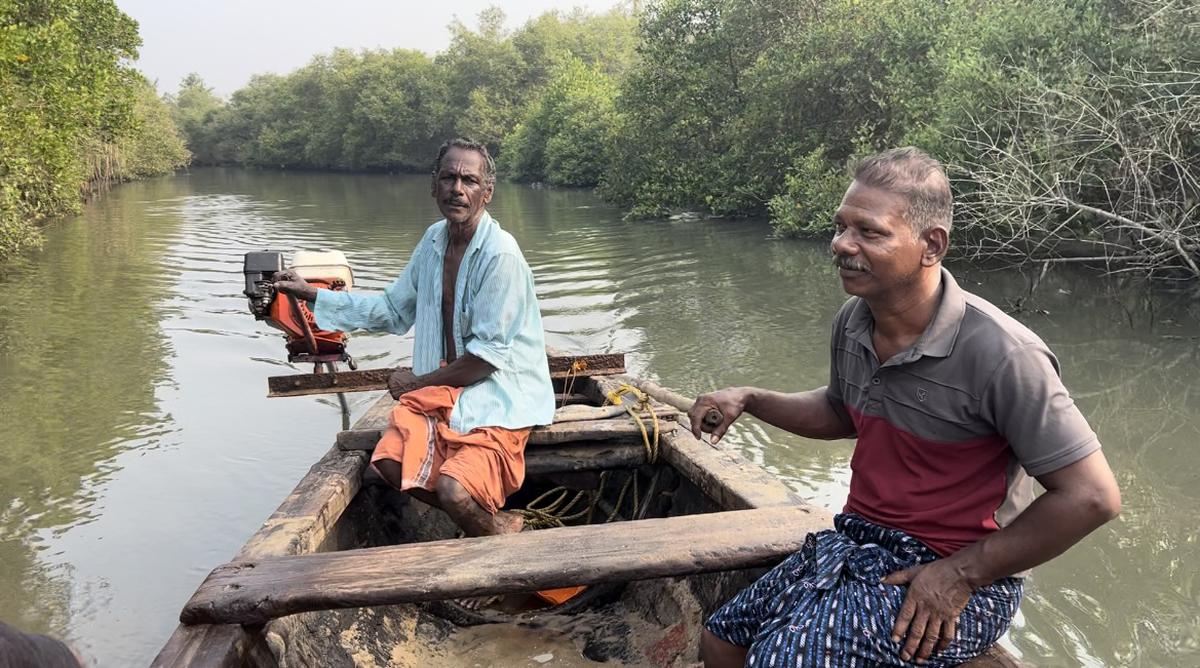Sunlight filters through the canopy of aerial roots, branches and blue sky as our canoes cruise leisurely through the narrow, green waterways. An eerie silence pervades the four square kilometer marshy forest. “Mangroves are among the most productive marine ecosystems on Earth and provide a unique habitat for many species,” says naturalist Gishnu Mohan, who leads the mangrove trail in Malippuram, Vypin.
Conceived by the not-for-profit Resilient Destinations Foundation, India (RDF) and operated by The Blue Yonder, the trail aims to transform mangrove conservation activities into economic resilience building activities.
“We work with communities affected by tidal inundation and develop climate resilience. These are then converted into consumable products. This is our latest venture,” says Gopinath Parayil of RDF. TRAIL TO LAUNCH IN JANUARY 2023 it was done.
The mangrove forest in Vypin is spread over 4 sq km. Photo credit: Poorna Venugopalan
unique accommodation
Also on board is Murugesan, a skilled fisherman and mason from Malappuram, who has made planting and maintenance his life’s mission. Whenever the tide comes, his courtyard is filled with water.
He has so far planted over a million saplings and distributed the same number of mangrove tree seeds, a feat that made him one of the figures featured in the documentary. from the brinkAbout people affected by climate change and upcoming disasters in Coastal Ernakulam. The documentary was recently screened at the mega art event, Kochi Muziris Biennale.
“There is a science behind mangroves and Murugesan knows this,” says Sreeja KG, director of research at EQUINOCT, which provides solutions to climate change challenges, and CEO of RDF. “We use their knowledge and learnings to reduce the effects of tidal flooding,” she adds.
Called Sunny Day Flooding or Nuisance Flood, Tidal Flood is old but it is not declared by the government in the state list of disasters. Explaining how climate change has changed its appearance, Sreeja says, “The sea now enters courtyards or houses and refuses to leave… The issues have remained unresolved so far but after the 2018 Kerala floods There has been a change.”

A heron in a swampy mangrove | Photo credit: Poorna Venugopalan
As the boat disembarks, the dense mangrove forest becomes as magical as Tolkien’s world. The roots grow upwards and rise from the ground in the form of sharp spikes. Crooked branches form hoops and loops around trees. Beneath the soil is a network of crustaceans, molluscs and fish.
A canoe passes by with two fishermen carrying a small haul of Pearl Spot and Tilapia. While Murugesan exchanges pleasantries with them, we are offered glasses of sweet black tea.
super one
Pointing out that not all coastal parts of Kerala have mangroves, marine biologist Pranav P says, “Ernakulam has the second largest mangrove forest, which is about 32 square kilometers. Most of these are in Vypin. There are pockets near Mundamveli, Maradu and Kundanur Bridge. He said that Kannur has the largest mangroves.
According to him, there are about 16 species of mangrove trees in the forest, which breed fish, crabs and molluscs from predators. “It prevents soil erosion. In the 2004 tsunami, the Andaman coast was protected because of the mangroves,” he says.
Sreeja says these are “super forests” because they sequester 34% more carbon than normal forests. She points out that a huge amount has been allocated for the restoration of mangroves in this year’s Union Budget. The district level Nava Kerala Mission has taken up five panchayats of Vypin block under the project to create green coastal belt.

Sugunan steering the boat with TP Murugesan
“This project highlights the need to restore our mangroves and increase forest cover, it has given us immense pride,” says Sreeja. As a mangrove campaign and advocacy group, they have distributed 10,000 tidal flood calendars to households in 20 panchayats to observe and note down tidal data.
We glide past in search of the beaver. The jungle is busy with fiddler crabs getting stuck in the mud, oysters clinging to mossy roots and tree lizards sunning themselves. A cormorant dives into the water and a heron flies by on a looped branch. As we land in the rustic village, we quickly take out cameras to click a blue kingfisher perched on a green mangrove tree.
, arrives on the mangrove trail 3000 per person and takes two hours. For more details call 9567675653.)